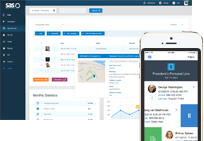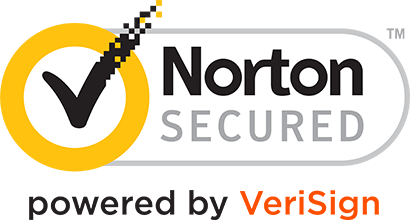- Log In
- Support
- Company
- Contact Us
- Live answers @ 1-888-532-4794
How to Take a Phone Message at Work

We’ve all had this experience. You come home, and your spouse, parent, friend, child or partner tell you that someone called for you. The exchange goes something like this:
Spouse: “Someone called for you while you were out.”
You: “Who was it?”
Spouse: “I don’t know. Karen something or other.”
You: “What did she want?”
Spouse: “It was about an appointment maybe, I can’t remember.”
You: “Well, did you get her number?”
Spouse: “No, I forgot.”
And in a matter of seven sentences, your level of frustration has hit the ceiling. Now, imagine that you’re paying an assistant, receptionist, or answering service to take a message, and you get barely-there detail, inconsistencies, near-total uncertainty at who called, why, and how you can reach them. If you think you were upset with your loved one, just think about how much worse it would be when this hint of a message is botched on your dime. When you work in a high call volume environment or an extremely busy office where people are constantly coming and going, it can certainly be a challenge not only to answer the phone promptly and pleasantly, but also to document accurate and thorough message details in the midst of general chaos. Depending on what type of business you run, essential details will vary; however, if your goal is to take a perfect phone message at work (or at home), as a rule of thumb, most messages should adhere to the three “C’s.”
What are the 3 “C’s”?
#1. Clear
- If the message is handwritten, is it legible?
- Does it explain in obvious terms what the call was about?
- Does it provide a “next step,” e.g., placing a return call, looking into an account, emailing information, etc.?
#2. Concise
- Does the message get right to the point, or is it filled with unnecessary padding?
- Are sentences short and well-worded or long-winded and tedious to read?
- Does it provide you with only the facts that you need to respond accordingly?
#3. Correct
- Does the message contain proper spelling and grammar?
- Are names and numbers documented with 100% accuracy?
- After following up with the caller, are you able to confirm that the message details match why the individual says they contacted you?
So, what’s the best way to ensure that you are getting just the data that you need, no more and definitely not less? Take these two approaches:
- Easy does it: If we’re strictly talking about a basic message taking service, most people opt for a simplified approach – Name, Number, and Reason. Reason may not even require details. It could be as easy as selecting from a list of topics, e.g., questions about sales, billing, customer service, technical support, etc.
- Take it up a notch: For a more complex situation where you have your own 9 to 5 in-house receptionist, such as a legal or medical practice, additional information is typically warranted, e.g., have you been arrested, what have you been charged with, where were you when the incident took place, etc. Those guidelines must be discussed prior to any new person manning the phones. When case-specific or patient-specific facts are critical, there’s no room for error.
Because messages can be vastly different industry to industry, and everyone’s needs are different, we’ve put together a worksheet for evaluating a phone message. This can be utilized to measure your staff’s adherence to your requirements, or to post near the phone as a reminder of what is expected on every call. By building on what we’ve already created, you can easily set up a checklist for use in training new employees, evaluating call center staff when you’re outsourcing inbound calls, and giving temporary staff a helping hand. In that case, the more cheat sheets, the better. So, download the PDF, give a copy to your training team, distribute it to your front desk, and bring it up in the morning meeting. No matter how seasoned an employee, it never hurts to throw in a reminder every now and again.
If you’re feeling bold, take a copy home and tape it up by the phone. Your bad message days will soon be a thing of the past.
Categories
- Advice (32)
- Answering Service 101 (18)
- Best Practices (10)
- Call Center Jobs (6)
- Call Center Software (20)
- Comparison (2)
- Customer Service (30)
- Funny (31)
- Holidays (19)
- Industry Hacks (19)
- Infographics (53)
- International (1)
- Medical (8)
- News (12)
- Phone Etiquette (2)
- Phones (14)
- Pricing (8)
- Quizzes (3)
- Receptionist (11)
- SAS Products (29)
- Scripting (4)
- Services (5)
- Small Business (25)
- Starting Up (7)
- Tips and Tricks (19)
- Uncategorized (1)
- Videos (19)
- Workplace (6)
Recently writen
- Call Center Script Best Practices: Advanced Script Block Tips to Optimize Your Answering Service
- January 2025 Release Notes – Adjustments to Call Details Timeline, New Scripting Updates, Live Transcription, and more!
- April 2024 Release Notes – Voicemail Greetings, Ability to Access Websites With a Username and Password, and more!
- March 2024 Release Notes – New Add-On, Settings Revamp, and more!
Follow Us
How about a demo?
We'll show you how our web portal works and answer any questions you have about SAS.
Schedule a demo







